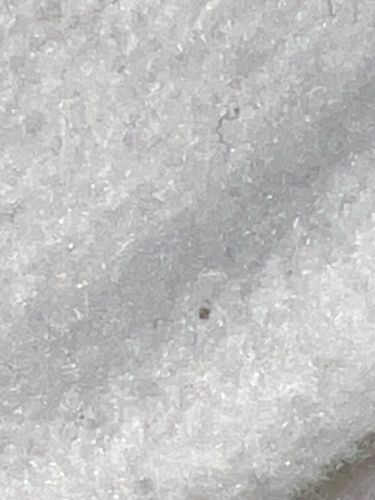Springtail (Collembola)
Scientific Name: Collembola (various species)
Order & Family: Order Collembola (Family varied, e.g., Isotomidae, Entomobryidae)
Size: Typically 0.2 mm to 10 mm, but most often under 6 mm.

Natural Habitat
Snow, soil, leaf litter, decaying wood, under bark, fungi. They thrive in moist environments and can be found in extreme conditions, including very cold temperatures.
Diet & Feeding
Detritivores, feeding on decaying organic matter, fungi, algae, bacteria, and sometimes pollen or spores. They are crucial for decomposition.
Behavior Patterns
Springtails are known for their ability to jump using a furcula (a forked appendage on their abdomen). They are often found in large aggregations, especially in cold weather on snow (thus 'snow fleas'). They are wingless and undergo ametabolous metamorphosis (no distinct larval or pupal stages).
Risks & Benefits
Benefits: Essential decomposers, contributing to soil health and nutrient cycling. They can also feed on plant pathogens. Risks: Generally harmless to humans. While some species can occur in high numbers indoors, they are usually a nuisance and not a threat to structures or human health.
Identified on: 10/22/2025